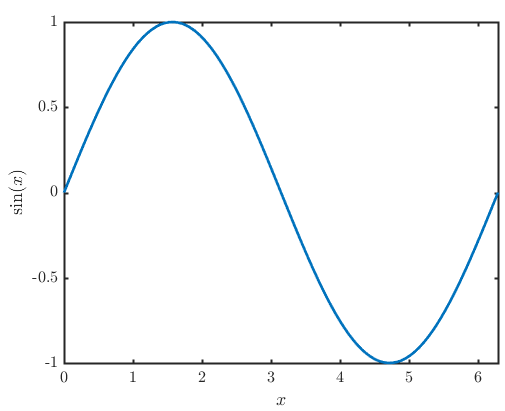I am writing my PhD thesis in engineering at a research university in the US.
My question is about using frames (or boxes) around a plot, specifically simulation results plotted as a function of time. These figures are intended to span the entire width of the type-area (i.e. paragraph width) and are to be displayed prominently.
Here is a simple example for comparison between the two options (framed and open):
Is there any convention regarding such frames, e.g., as documented by prominent style guides? I am all up for minimalism (use greyscale, avoid clutter etc), but I wonder if removing the surrounding frame itself is too much (and may surprise exam committee in unexpected ways) due to going against existing conventions.
My university doesn’t have a style guide. And when I checked with the research support office, they said that as long as it adheres to acceptable scientific style, it is fine.
PS:
When this question was originally asked on the graphic design SE site, a user recommended that the x-label should not be near the bottom edge of the frame, but rather a horizontal axis should be drawn at y = 0, and the labelling of the x-axis should be done near this. I am skeptical of this advice, since most engineering software (eg. MATLAB) does not do this.


